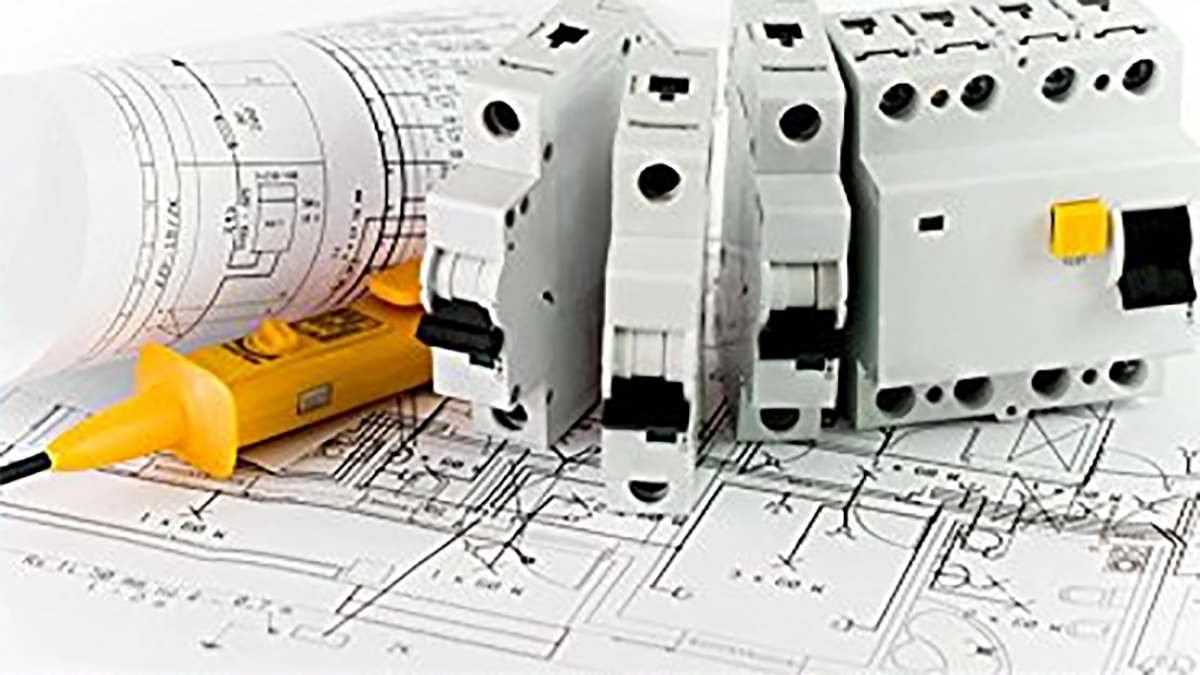Hello My friends to your website turkeys spot to learn electrical engineering . in this article is well present to you Manual of electrical installations and automation
Actions to achieve excellent energy savings in old electrical installations :
Although not all electrical installations are energy efficient, most do. Even if the installations were constructed between 15-20 years ago or older. It is widely acknowledged that energy savings can be made in many existing buildings. However, it can be more difficult than you might think. What can we do to make it easier? This article will attempt to explain how it works.
Suggestions and implementation of alternative solutions that are lower in consumption (motors, high-efficiency transformers, energy compensations, low-consumption lighting, etc.). Moreover, installing control and automation systems (electronic control units, PLCs, and intelligent management), These investments must be validated and justifiable by diagnostics that are based on the relevant readings (metering, instrumentation, and recording of consumptions, events, etc.). These are the most important.
The diagnostic phase
It is important to first understand how electricity is used, regardless of whether it is the only source.
Which are the most important functions? What is the purpose of electricity?
These are the parts:
A concrete, descriptive summary of the installation, the locations, the sources, and the buildings, etc. And
Functional summaries, which are often complicated, because they are connected to human behavior.
It must be balanced, intelligent, and prudent in its description. Sometimes we forget to turn off the light. While some behaviors may be surprising, we need to look at the cause and not the consequences.
Descriptive summary
First and foremost, the descriptive summary must be concise. Identify the most important areas and draw them out comprise the principal buildings (workshops and warehouses, stockrooms, etc.). or the main sections of an entity that are intended to serve a primary function, such as manufacturing, offices, warehouses, and so forth.
Ideally, sources that give rise to energy metering should be superimposed over these areas, with for example a source item or better still a consumption history. If this fails, the appropriate measuring apparatus should be available at all times during the diagnostic phase.
The area, floor areas, number, and a number of people present. Other details, such as year of construction and any element related to energy (glazed areas or doors, structural components, etc.) should be included. The descriptive summary must include the following information:

